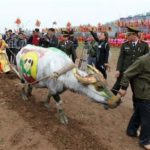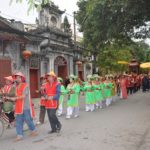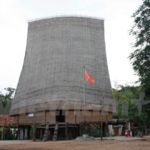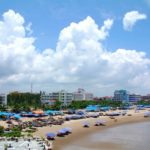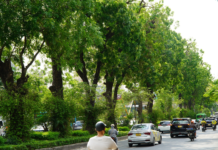Situated 45 km south of Quang Ngai city, Hoc Mo landscape has the exact shape of a turtle swimming into the sea which belongs to Thanh Duc 2 area, Pho Thanh ward, Duc Pho town of Quang Ngai province, also known as Sa Huynh sea.
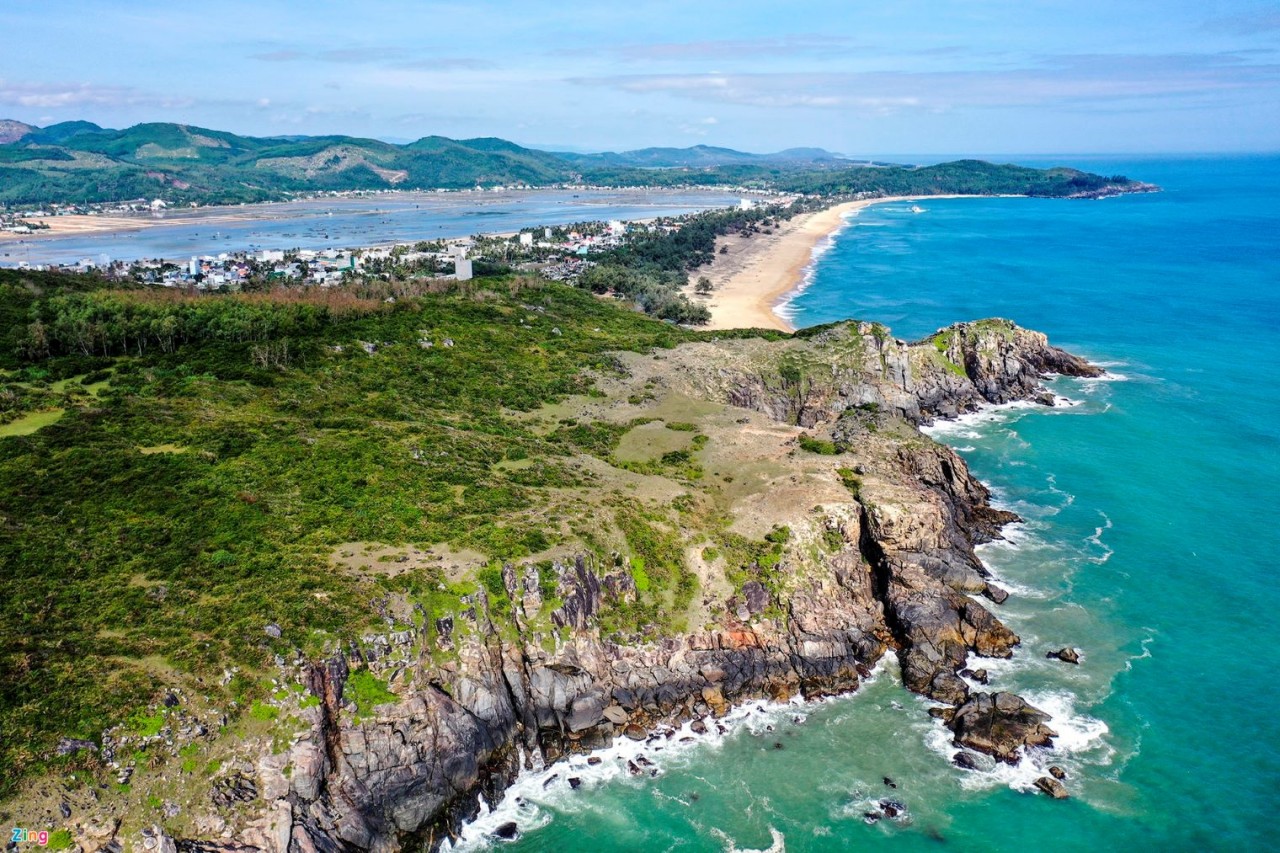 |
| Hoc Mo landscape is located 45km away from Quang Ngai city. (Photo: Zing News) |
Hoc Mo is located close to National Highway 1 and North-South railway. Viewed from above, it appears like a turtle with many black stones stacked on top of each other to create a majestic natural picture.
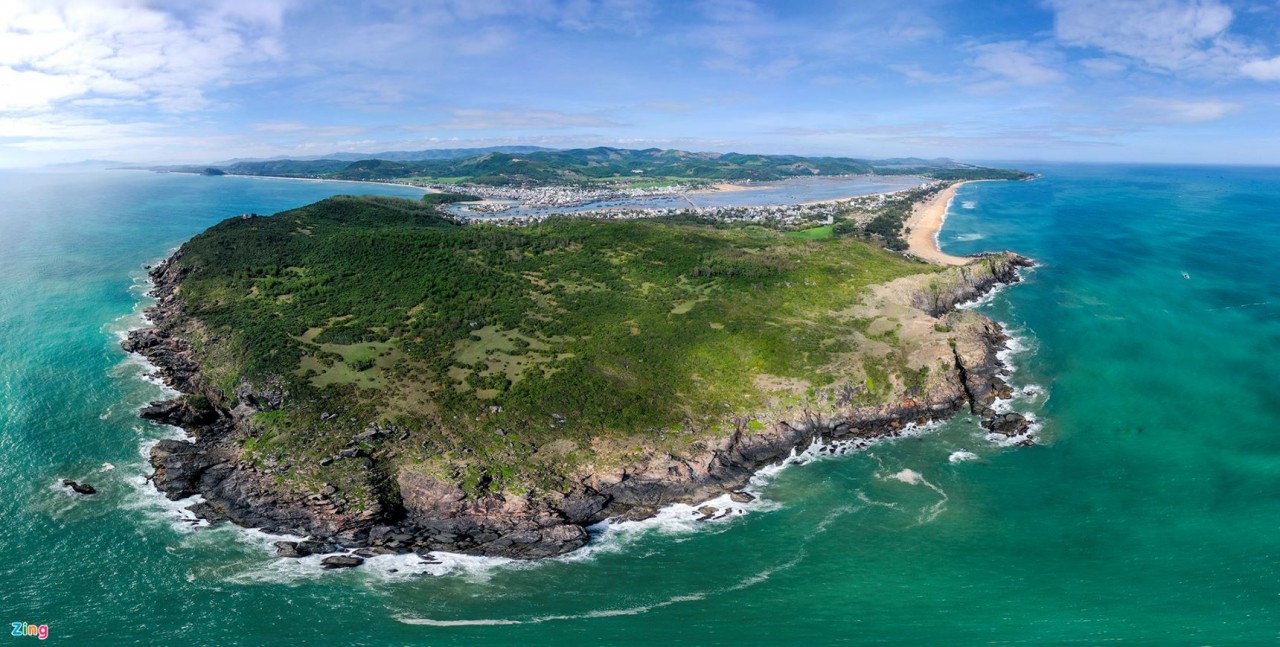 |
| Hoc Mo is located close to National Highway 1 and North-South railway. (Photo: Zing News) |
According to local people, Hoc Mo means a small bay created by the sea encroaching on the shore. Mo is a cliff protruding into the sea; from afar, it looks like the head of a parrotfish (also known as a mermaid or a red snapper).
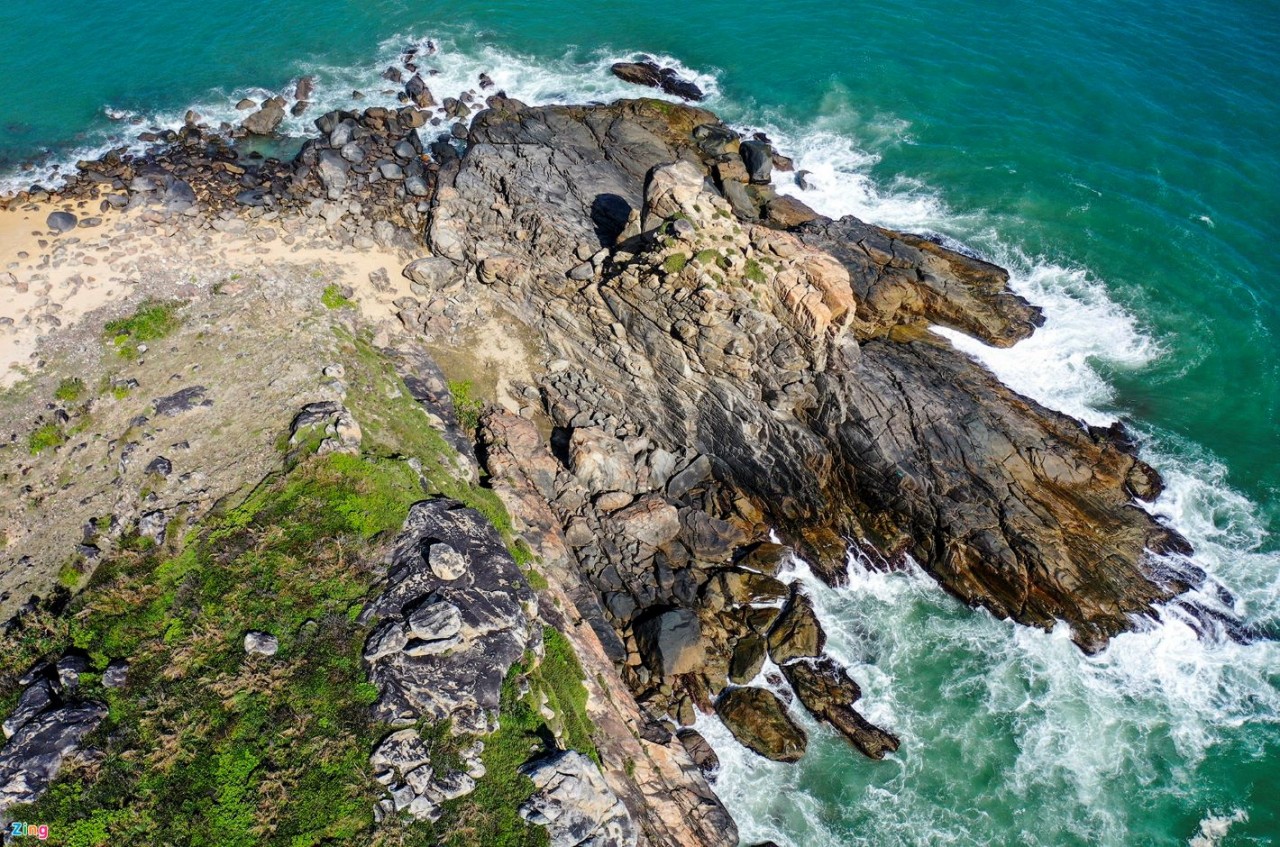 |
| Hoc Mo means a small bay created by the sea encroaching on the shore. (Photo: Zing News) |
Meanwhile, local fishermen also call this rocky outcrop the Tortoise Island. Experiencing historical ups and downs, storms and waves have created many interesting patterns on the cliffs in Hoc Mo.
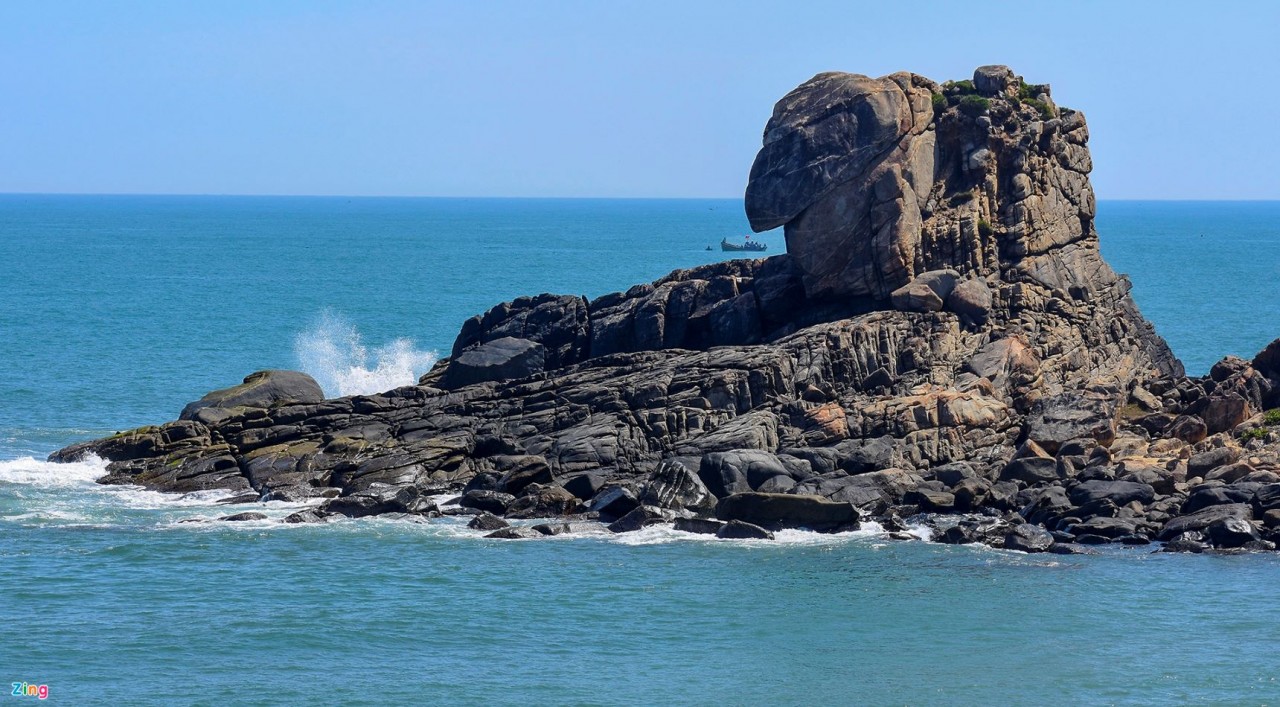 |
| Local fishermen also call this rocky outcrop the Tortoise Island. (Photo: Zing News) |
Hoc Mo is located on the pristine golden sand stretching more than 3 km, bending like the beautiful “crescent moon”. Visitors can enjoy swimming or camping at the beach here.
Visitors can immerse themselves in the ancient cool poplar forest on the beach. Visitors still feel the poetic and cool space even on a sunny afternoon.
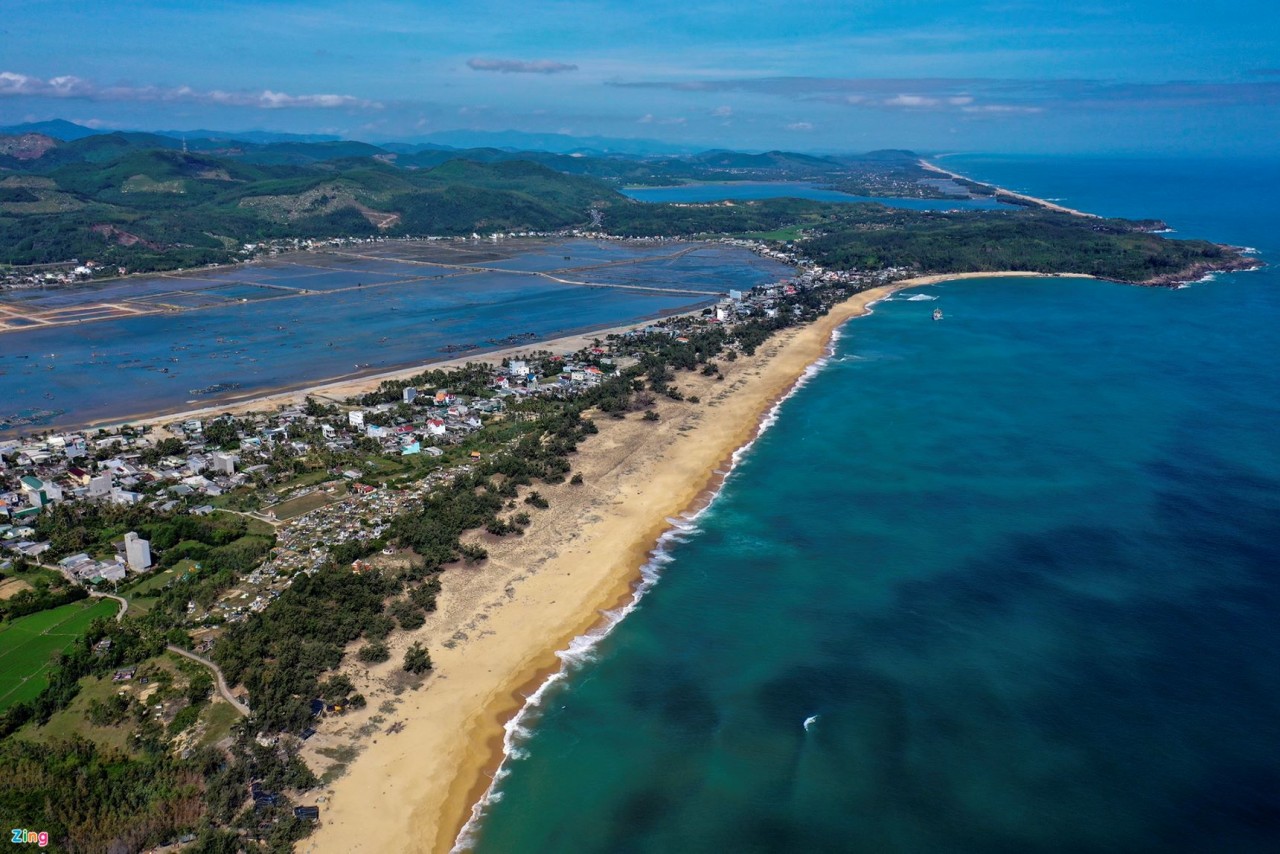 |
| Hoc Mo is located on the pristine golden sand. (Photo: Zing News) |
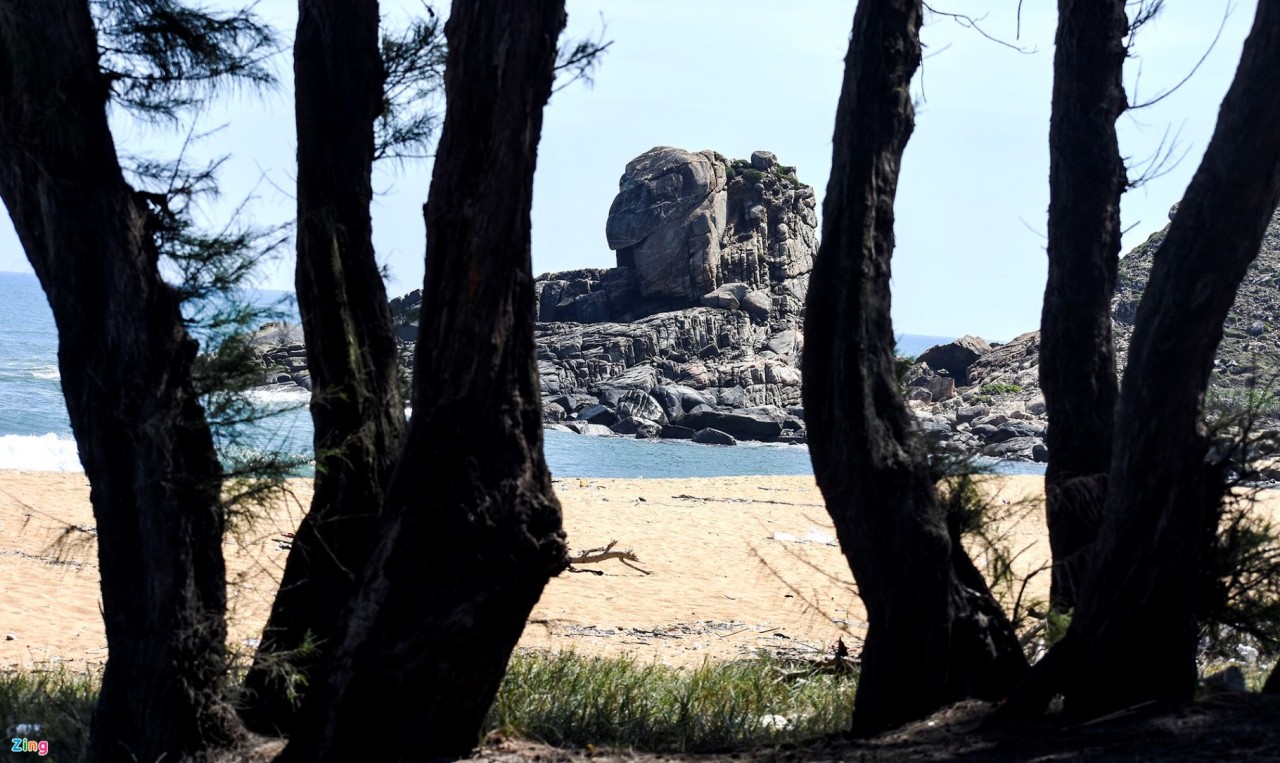 |
| (Photo: Zing News) |
Not only exploring the scenic Hoc Mo, but visitors can also check in on the embankment covered with green moss in January along the Sa Huynh sea.
Visitors can also join the fishermen to experience trawling to catch fish in the near-shore waters.
 |
| Visitors can also check in on the embankment. (Photo: Zing News) |
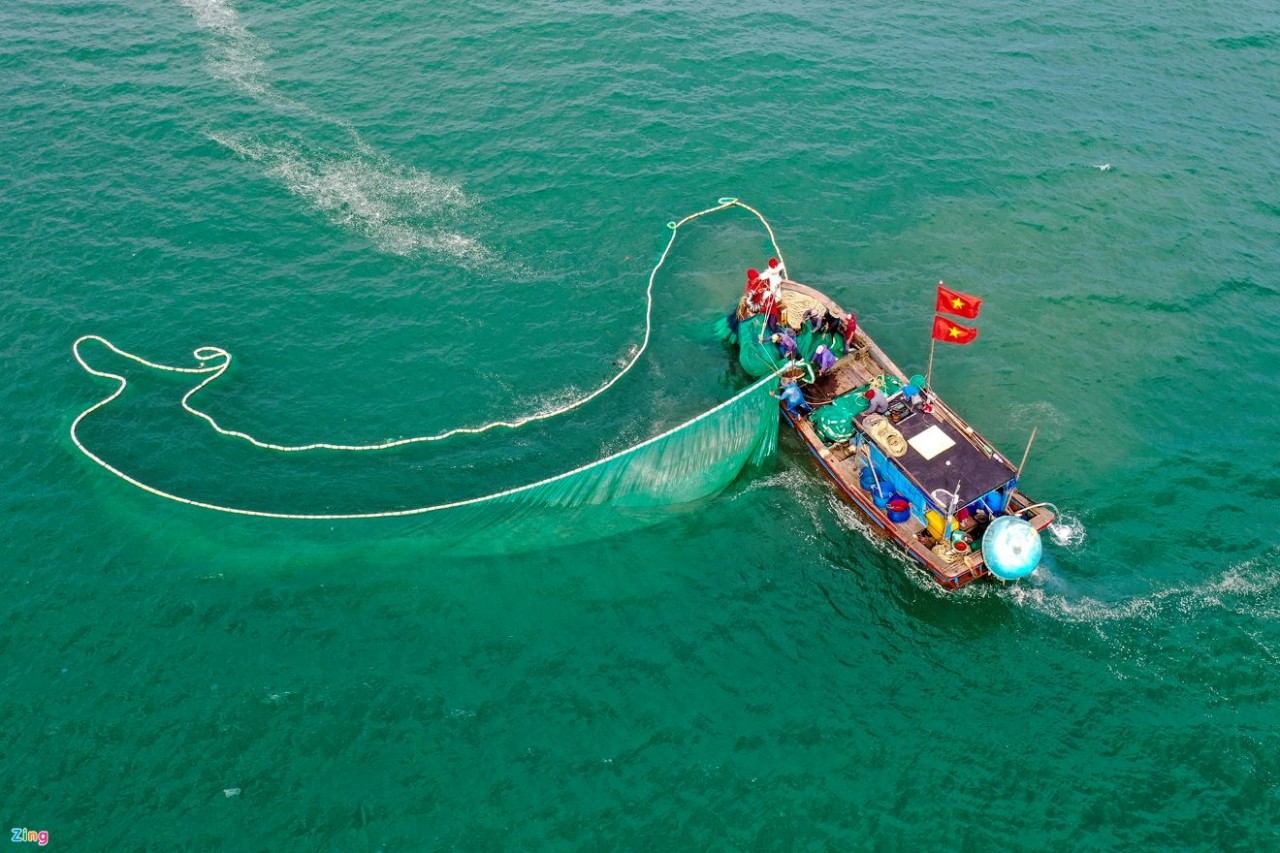 |
| Or catch fish with local people. (Photo: Zing News) |
Spreading along National Highway 1A, near the scenic Hoc Mo is a 100-hectare salt field. According to historical data, in 1471, during his southern expedition, King Le Thanh Tong and his soldiers stopped here to rest, before entering Thi Nai lagoon (Quy Nhon) and Do Ban citadel (Champa Kingdom).
Visitors can also visit, experience salt production with local people and enjoy many delicious coastal dishes here.
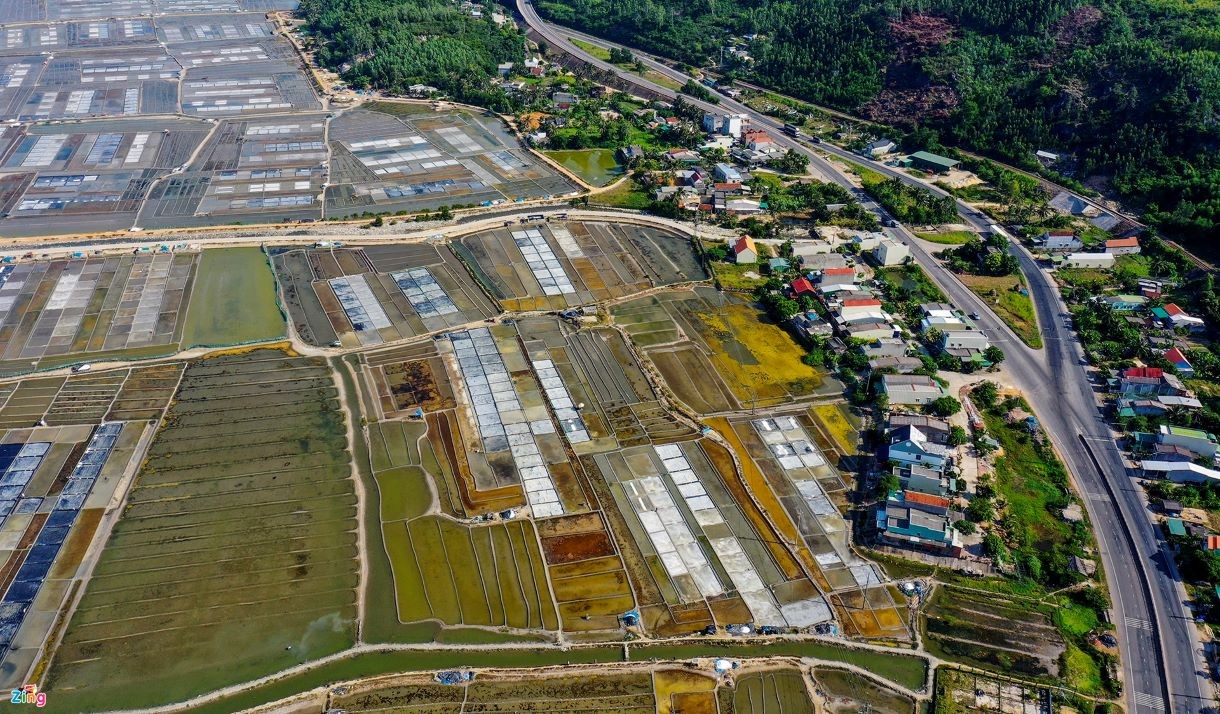 |
| Salt field. (Photo: Zing News) |
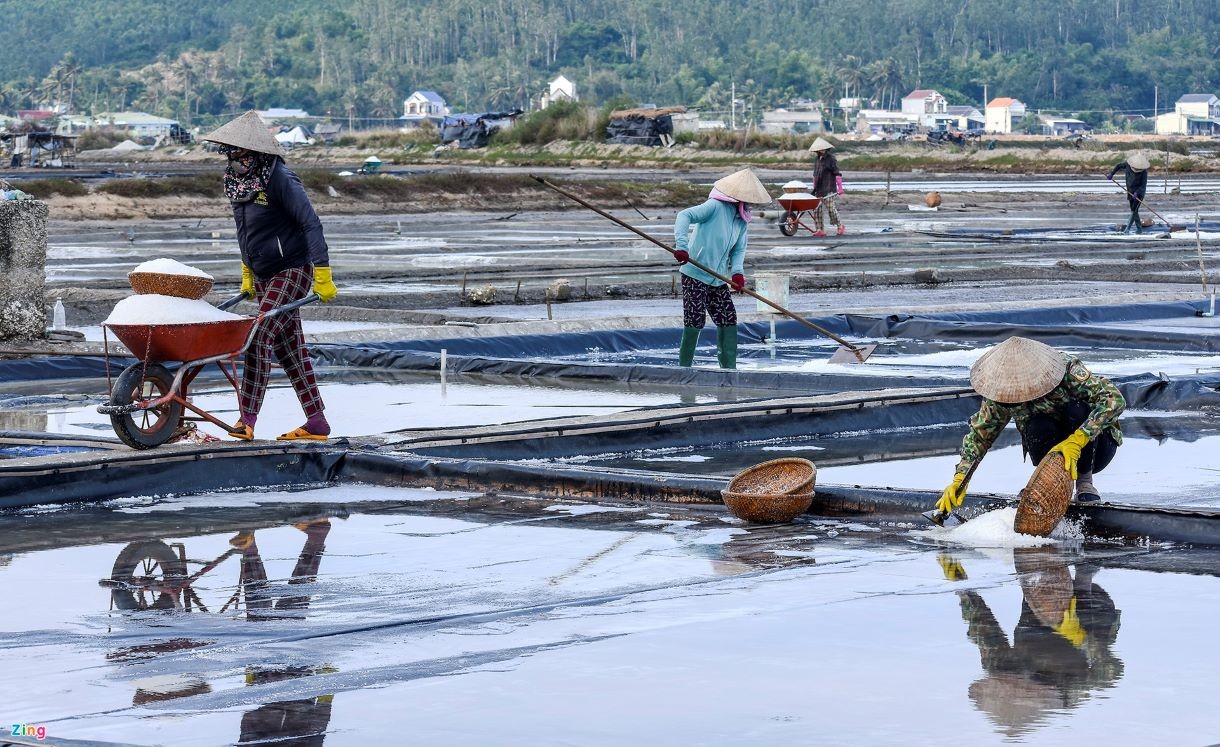 |
| Local people produce salt from salt water. (Photo: Zing News) |
On December 30, 2022, the Vietnamese Prime Minister ranked the Sa Huynh Culture archaeological relic (Duc Pho town, Quang Ngai province) as a special national relic. The Sa Huynh cultural relic complex consists of 5 sites, spread over an area of 480 hectares with many famous landscapes such as An Khe lagoon, Phu Khuong, Long Thanh, Thanh Duc, Hoc Mo, and Go Co ancient village, etc. located in the lagoon, sea, and sand dunes of Sa Huynh.
In 1909, the French archaeologist named M.Vinet first discovered on the coast of Sa Huynh, near the ancient village of Go Co, there were about 200 tombstones.
That archaeological site is called Dépot à Jarres Sa Huynh (kho chum Sa Huynh). Dong Son culture (Northern region), Oc Eo culture (Southern region), Sa Huynh culture (Central region) are the ancient “three cradles of civilization” forming a cultural triangle in the territory of Vietnam.
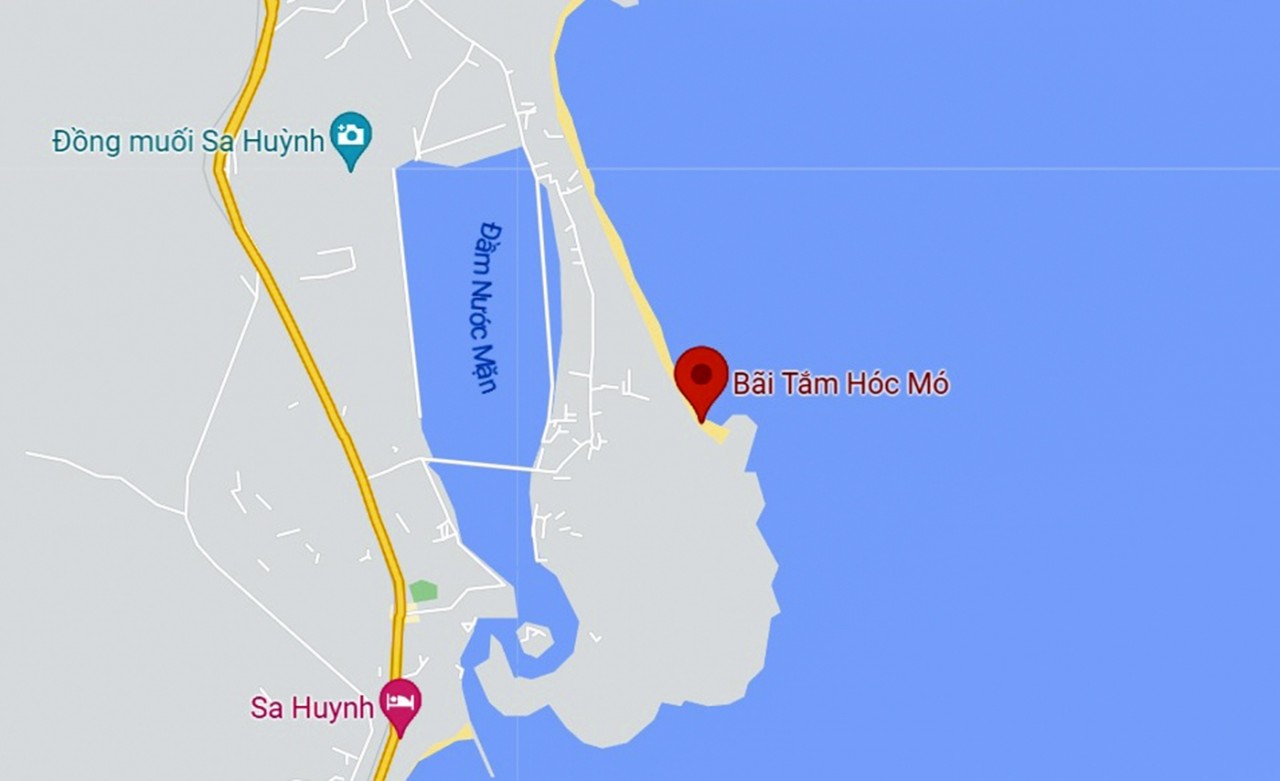 |
| Hoc Mo beach, a famous unspoiled landscape in Sa Huynh sea, Duc Pho town (Quang Ngai). Photo: Google Maps. |

